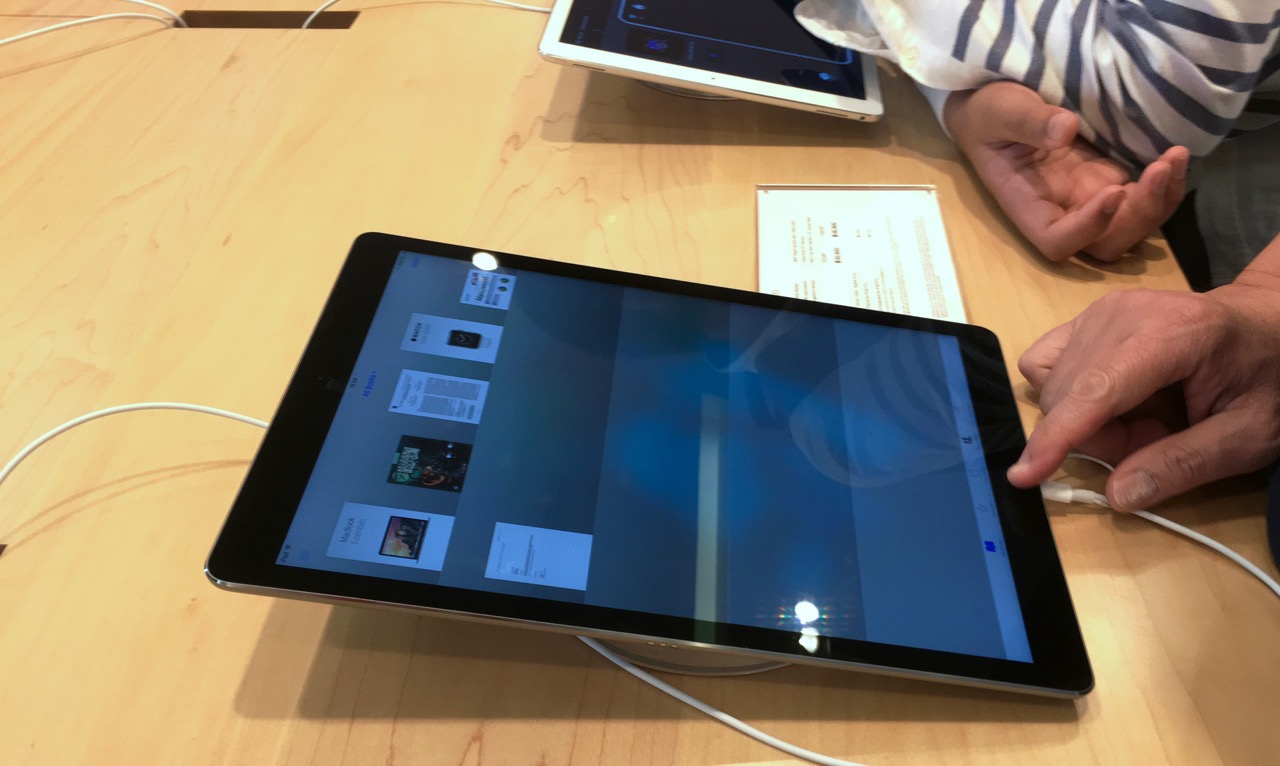Cassandra: Teaching with iPads and Computers, and the need for Cursive Script

AMITIAE - Monday 6 June 2016
|
Cassandra: Teaching with iPads and Computers, and the need for Cursive Script |
 |
|
|
By Graham K. Rogers
The question she poses came hot on the heels of a link from Twitter I had reacted to the previous evening concerning the use of iPads or computers in the classroom: Devices in schools (Gary Henderson, Tech and Learning). His article is a rebuttal of an earlier opinion piece (Donald Clark). I teach writing to non-native speakers of English, and once taught English 101 at Illinois State University (ISU) to American students. In 1985 the writing program at ISU introduced computers into the program, equipping several classes with early PCs (MSDOS and WordStar). From that program and from a Library demonstration of an early 300 bps audio modem, it was clear to me how technology was about to advance. In the main I tend to go with Henderson's views here, with a major caveat concerning writing: both he and Clark see the device as the sole means of input. I would argue that it is merely a tool. Clark seems particularly angry at the use of such devices and I feel uncomfortable with his tone. The real process of writing is limited by the use of such devices - be they tablet devices or computers - and the proper path is to begin with basics. For writing that means ideas, planning and paper.

To me the device used is immaterial, except in rare cases where specific applications are required (statistics and Excel for example). With the mix of devices I access on a regular basis, my focus is on the task, not the operating system or application. Indeed, in a classroom equipped with identical devices, there will be an unequal skills levels: some students may cope better with a specific device than others. The critical factor is teacher input, both at the school level and particularly with interaction. A highly-publicised program in Thailand a few years ago, failed because the device acquisitions were dictated by cost. The lowest possible tender (from China) won the contract. The devices were substandard, with too many failing and rumours that orders were not fully supplied. The major causes of failure, however, were a lack of suitable apps, combined with poor training and a reluctance of many teachers - in a hierarchical system - to involve themselves at the levels needed. This does in part confirm Clarke's comments on the device as fetish, although these were unusual circumstances: the program being touted was originally more part of an election platform.

9.7" iPad Pro - Image Courtesy of Apple
The major problems are with translation and a lack of checking: I emphasise ways to deal with these. Thai writers also want to start with the finished product, so I insist on a series of drafts. This begins with a hand-written version, used in part to combat translation (with short sentences) and plagiarism. Thai does not use a cursive script and students are able to write the complex characters quite fast. They are taught to write using cursive characters for English, as I was: my London school used Marion Richardson, like many schools at that time. The characters were rounded and the pen flowed across the page, but it had none of the artistry of Copperplate, still used by railway workers when I was a child. My own writing has deteriorated significantly, particularly since I have been using computers. We might also consider parenthetically the fascination that Steve Jobs had with calligraphy: his interests here were part of the reason that the first Macintosh had a wide selection of fonts. His teacher at Reed, Robert Palladino, who died earlier this year, never actually used a computer, but his skills indirectly inspired millions. If we don't have cursive, we would need to write each character separately and there would be a speed penalty - reducing that creative flow that I (and others) suggest comes from writing as a creative exercise instead of working directly onto a computer. When we do work in that manner, the keyboard is our input source and the ideas, instead of being formed as the writer commits to paper, must be made ready in the brain: that includes the sentences and then individual words. I tend to map out some sentences in my brain - occasionally writing them (or phrases) down as I go through the thinking that occurs before writing. That thinking process may take several days. In some cases (for example when I have a deadline), I will reduce that. I am often working on several ideas at a time and the way the brain - or at least, my brain - works, allows me to separate these. I could be forming ideas for my column in the Bangkok Post next week, planning what I hope to teach tomorrow, thinking about some software I downloaded, and reacting to news items, such as those that prompted this text.
I am immersed in technology; I seek out every new advance and look for ways in which I could incorporate it into my personal workflow or in teaching; I write about it in a blog and in a newspaper. I am aghast that children are no longer to be taught to write this way. The logical result is that sooner or later, writing will not be taught and an important skill will be lost. Modern computing devices, despite being widely used, are no substitute for thinking and the full use of creative skills that teachers need to foster. Sitting young students in front of screens and telling them, "Go figure" is a recipe for frustration and an abdication of a teacher's responsibilities: engage, cajole, encourage.

Graham K. Rogers teaches at the Faculty of Engineering, Mahidol University in Thailand. He wrote in the Bangkok Post, Database supplement on IT subjects. For the last seven years of Database he wrote a column on Apple and Macs. He is now continuing that in the Bangkok Post supplement, Life. |
|

For further information, e-mail to
Back to
eXtensions
Back to
Home Page